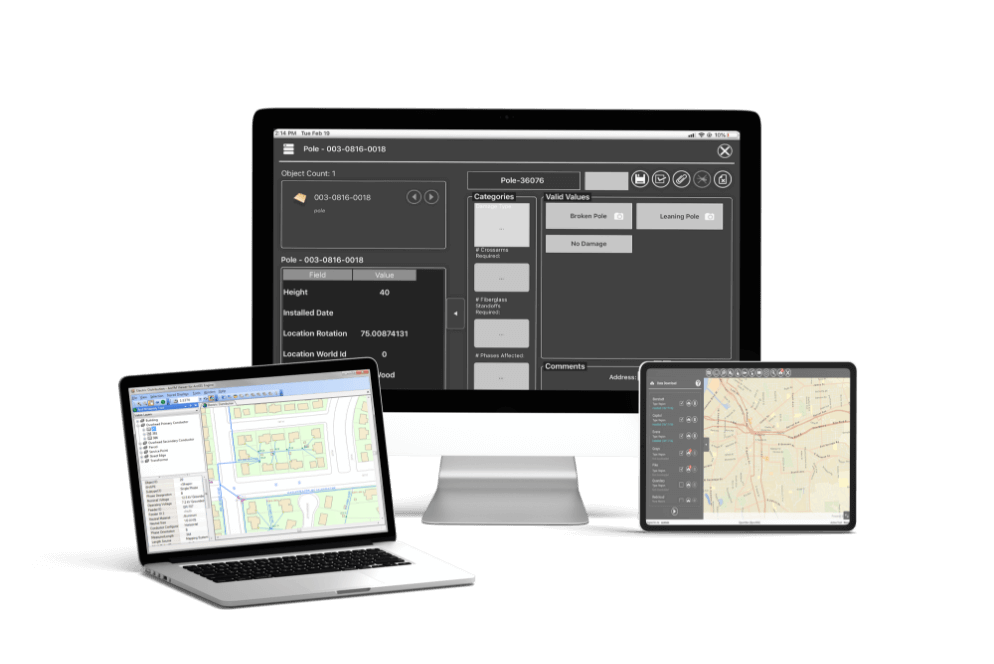A Guide to Telecom Workforce Management Software
Chapters
- 1. Integration Across Infrastructure Assets to Unlock Telecom Data and Improve Communication
- 2. Automated Telecom Workflows to Speed Scheduling, Dispatching, and Deployment
- 3. Advanced Mobile Functionality for Field Crews
- 4. Extensible, Scalable Architecture to Power 5G Performance and Beyond
- 5. Proven, Full-Service Partner-Provider, There for the Long Term










